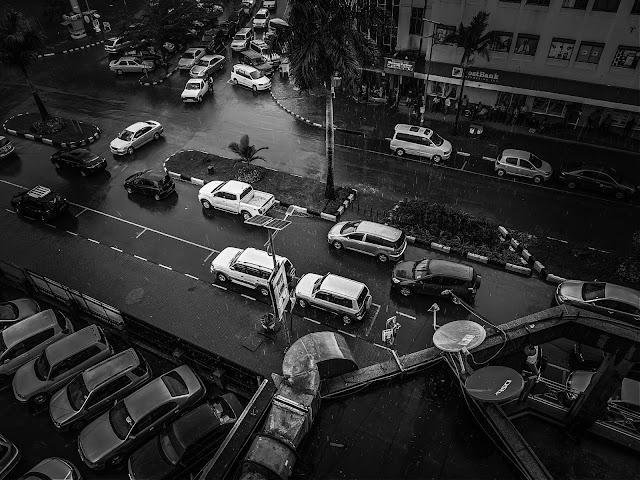Africa: Regional Establishments are Key in Peace keeping
The Gambian
President, Adama Barrow returned to Banjul, after Yahya Jammeh was
coerced into stepping down as president. This came after an intervention
by the Economic Community of West African States (Ecowas) to prevent a
post-election crisis, restore democracy in the Islamic Republic of the
Gambia and ensure peaceful transition of power.
The Ecowas pursued
peaceful and political solutions to the Gambian situation, however, the
Ecowas assembled troops at the border of the Gambia to coerce Jammeh to
leave office. This signalled an intent of military intervention through
deployment of Ecowas troops on Gambian territory. This assembly of
military arsenal amounts to a military intervention ("threat of use of
force") at international law which is subject to restrictions especially
under the United Nations Charter. The act, though justifiable demands
an examination on scope of regional interventions under international
law.
Chapter 8 of The
United Nations Charter allows regional establishments to intervene for
purposes of dealing with matters that relate to the maintenance of
international peace and security, so long as such an intervention is
consistent with the principles of the United Nations. These regional
measures are to be taken only after consideration of pacific modes of
settlement of disputes, authorisation by the Security Council and should
be initiated by or with the consent of the state concerned.
One African
Regional intervention worth examining is the 1998 military intervention
in Lesotho by the Southern African Development Community (SADC). It was
largely an intervention by South African and Tswana troops' to avert an
attempted military Coup in Lesotho. While the SADC achieved its purpose
and spared Africa of another Military Coup, it left a lot to be desired,
in terms of the hundreds of lives lost, and the economic crisis that
followed. The intervention is criticised because it was engineered
without the proper requisite authorisation and ratification the SADC
member states. The intervention, while considered successfully was
condemned for undermining the sovereignty of Lesotho and being
inconsistent with the principles of the United Nations Charter.
The Lesotho
incident is distinguishable from the Gambian Situation. The Ecowas
decision to intervene in Gambia was adopted by the January 19 Security
Council Resolution No. 2337(2017). The Security Council recognised the
grave concern of the deterioration of the situation in Gambia and
expressed full support to the Ecowas commitment to ensure, by political
means "first" the respect of the will of people of Gambia. While it has
been argued, that the Security Council approval; only approved "peaceful
means" of settling the situation in Gambia, the resolution referred to
the word "political means first."
Further, the Ecowas
was invited by the (then) president elect Adama Barrow to help ensure
that democracy and constitutionalism is restored within the Gambia. It
was in the interest of stability in the Ecowas States to prevent the
escalation of refugees from Gambia to other West African States like
Senegal and Guinea Bissau that had already received over 10,000
refugees. Learning from Election Violence cases in Burundi and Kenya
necessitated prevention of a similar crisis.
On the other hand,
while it is argued that the assembly of troops was initiated before the
Security Council approval, we cannot lose sight of the fact, that the
Ecowas deterred a ticking time bomb in the Gambia, and as such it is a
testament to the adage, that regional solutions should be applied to
regional problems.
This article was published in the Daily Monitor on 7 February 2017. Follow the link .


Comments
Post a Comment